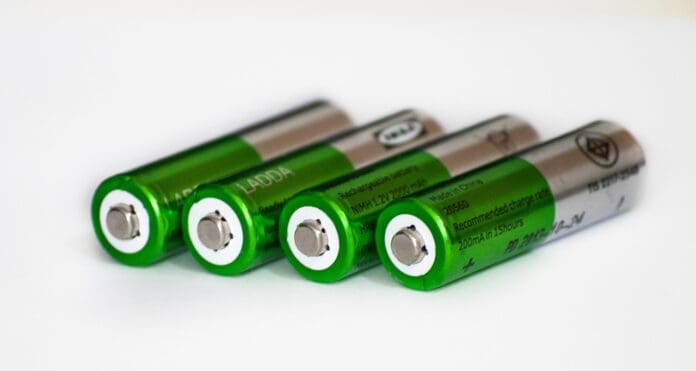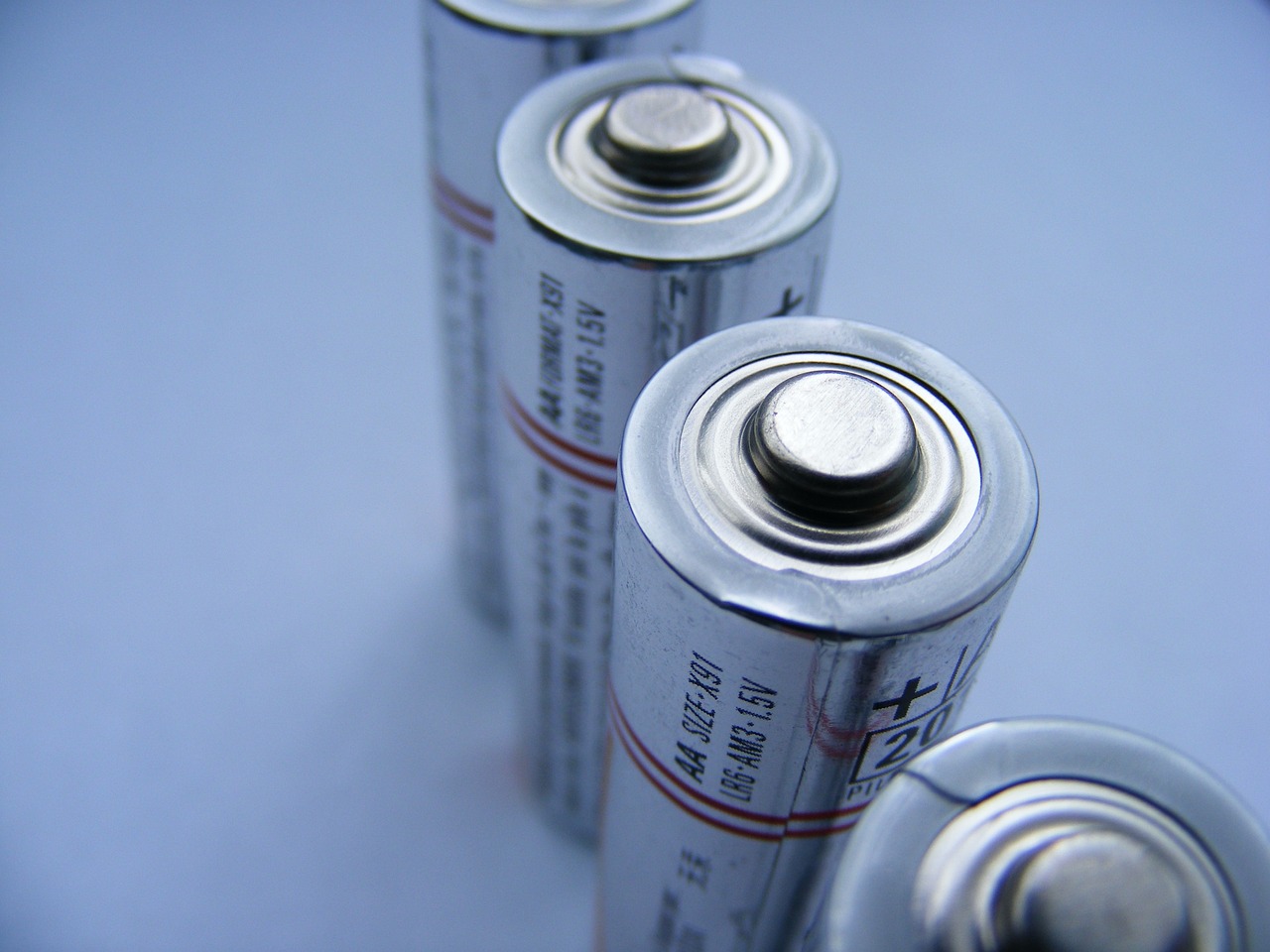This post is also available in:
 עברית (Hebrew)
עברית (Hebrew)
In a promising development for battery technology, researchers at Argonne National Laboratory have applied machine learning to identify new additives that could improve the performance of high-voltage lithium-ion batteries. These batteries, known as LNMO (lithium nickel manganese oxide), are promising for their higher energy capacity and their lack of reliance on cobalt, a material with supply chain issues. But there’s a catch: LNMO batteries operate at voltages above the stability limit of most common electrolytes, leading to decomposition and decreased efficiency.
According to the press release, to tackle this, scientists rely on electrolyte additives. These chemicals work like medicine to help stabilize the battery during its initial charge cycles by forming a protective layer on the electrodes, which reduces resistance and prevents degradation. However, finding the right additive is a lengthy process, typically involving months of trial and error.
The breakthrough comes in the form of machine learning. Instead of manually testing numerous chemical combinations, Argonne researchers trained a model using data from just 28 different additives. This model then predicted the effectiveness of 125 new combinations, offering a far faster way to pinpoint promising candidates for further testing.
Hieu Doan, a computational scientist at Argonne, notes that the success of this model challenges the conventional idea that large amounts of data are required for machine learning to make accurate predictions. According to Doan, it’s not about the quantity of data, but rather the quality of the data set that drives accurate results.
The model’s ability to predict which additives improve battery performance—by focusing on factors like resistance and energy capacity—represents a shift in how material discovery could be approached in energy storage research. This technique not only shortens research timelines but also opens up new possibilities for creating batteries that are more efficient, longer-lasting, and better for the environment.


























